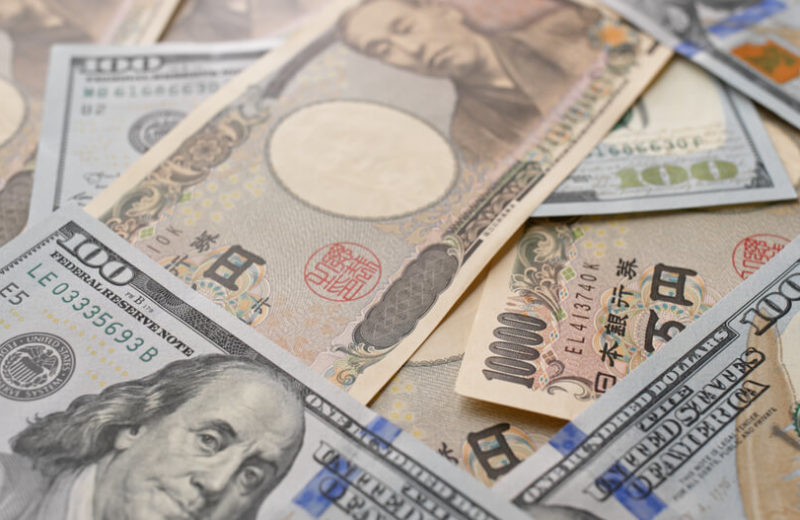The conflict between Russian-Ukraine escalates. This is observed in several markets, ranging from wheat and energy prices to stock markets. The potential escalation of tensions in global markets is already being closely monitored. In bond markets, inflation and the expected interest rate became lousy months. US 10-year rates are still approaching the critical 2%. Germany’s income increased to 0% for the first time; since 2019. However, the expected additional tensions could lead to significant changes.
A significant risk event is that investors are accelerating bonds, generally considered the safest assets. This time it may not be different, even if Russia’s invasion of Ukraine risks a further increase in oil prices. This automatically means inflation. In the forex markets, the euro/Swiss franc exchange rate is the most significant indicator of geopolitical risk in the euro area. The Swiss currency is considered a haven by investors. It reached its most substantial level since Monday, May 2015, although overall sales on Wall Street caused some. Gold, which is also seen as a refuge in times of conflict or economic dispute, peaks at two-month highs.
Analysts predict that any delay in the outflow of grain from the Black Sea region will significantly impact prices, especially when accessibility is a significant concern worldwide following the economic damage caused by COVID. Four important exporters, including Russia, Ukraine, Romania, and Kazakhstan, send the Black Sea ports. This process can be delayed due to any military action. According to the International Grain Council, Ukraine is the third-largest exporter of corn in the world in the 2021/22 season; And the fourth largest exporter of wheat. Russia is the first dealer of grain. Based on this, analysts predict an increase in wheat prices.
Oil and Natural Gas
If tensions escalate into a conflict, energy markets will suffer as well. In 2020, the gas amount from Russia to Europe dropped. This is after the demand suppressed the lock. However, it did not fully recover last year when consumption increased, contributing to a record price rise.
Possible sanctions if Russia invades Ukraine; Germany has said it may suspend a new gas pipeline from Russia. The channel will increase gas imports to Europe; however, it also underscores its energy dependence on Moscow. The commodity analyst at SEB noted that markets expect a significant reduction in exports from Russia to Western Europe; This is the case with sanctions through both Ukraine and Belarus. Gas prices may also be revised in the fourth quarter.
Delays may also be observed in oil markets. Ukraine transports Russian oil to Hungary, Slovakia, and the Czech Republic. Ukraine’s Russian crude oil transit to the bloc for export was 11.9 million tonnes last year. According to JPMorgan, the tensions have led to a “material rise” in oil prices. An increase of $150 per barrel will reduce global GDP to just 0.9% annual growth in the first half of the year; While doubling inflation to 7.2%.
Conclusion
Russian and Ukrainian assets will be at the forefront of all markets, resulting from potential military action. Dollar bonds in both countries have shown poor results in recent months.
Ukraine’s fixed earning markets are mainly the prerogative of effusion market investors. And Russia’s overall position in the capital markets has declined amid sanctions and geopolitical tensions in recent years. This, in turn, somewhat deters any threat of spreading through these channels. However, the Russian ruble and the Ukrainian hryvnia also suffered; Which makes them the currency of emerging markets for the worst this year. The situation on the Ukrainian-Russian border is a “substantial uncertainty” in foreign exchange markets.













